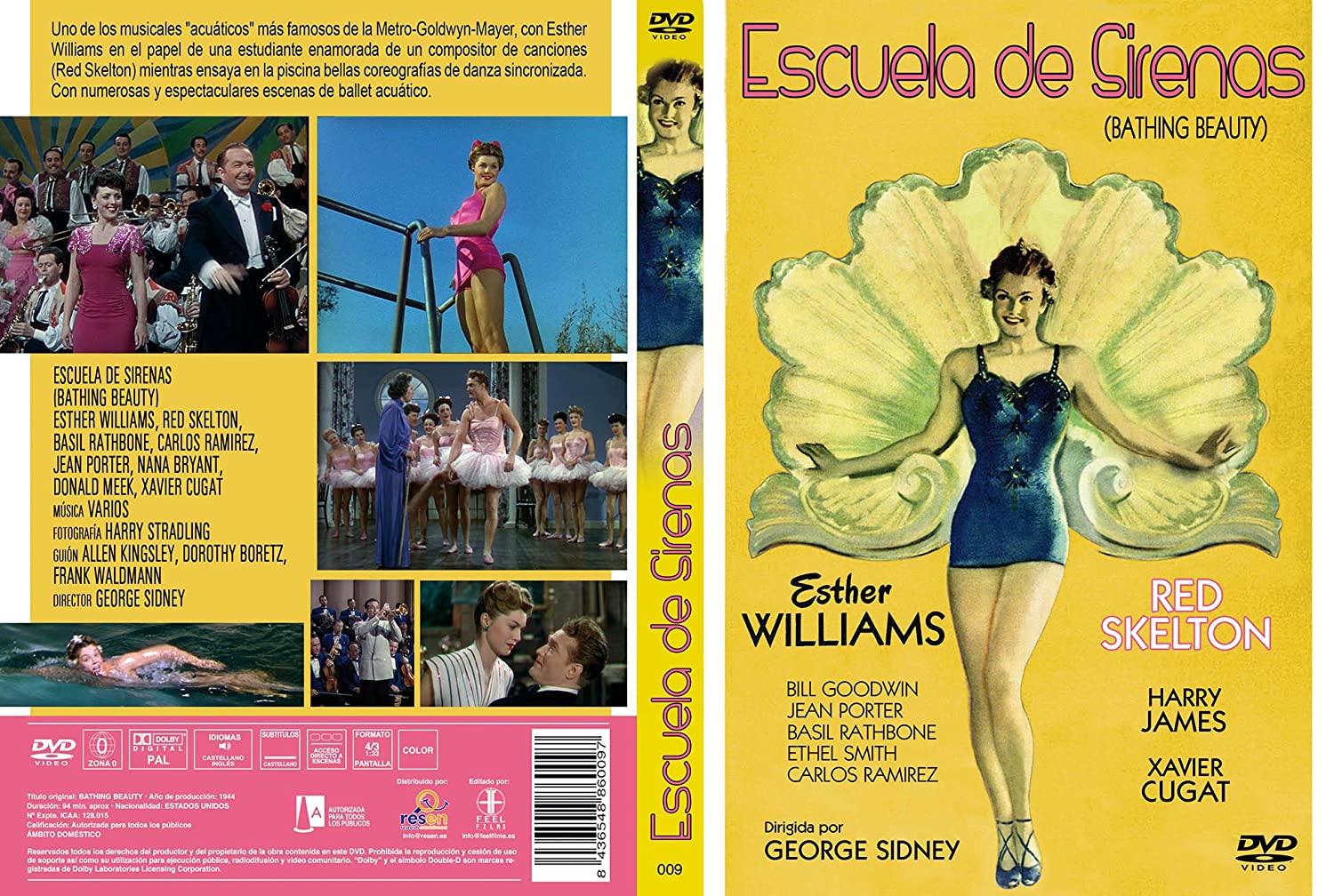From Water Ballet to Synchronized Swimming
Aquatic Ballet was born at the end of the 19th century in England. The great repercussion caused in 1907 by an exhibition held by the Australian swimmer Annette Kellerman in New York made it popular in more modernized countries at that time, such as the United States, Australia and England itself. In 1926 the first synchronised swimming championship was held and in 1933 and 1934 the show “Modern Mermaids” triumphed.
In the 1940s, films such as “Mermaid School” or “The First Mermaid”, starring Esther Williams, made a modality considered more as a spectacle than a sport popular.

Its arrival in Spain
In 1951 a team from the United States made an exhibition in Barcelona, and enthusiastic Esteban Amat and Jaume Solé decided to form a group with swimmers from the Barcelona Swimming Club who made the first static “drawings” in the water. These pioneers were Else Herbolzheimer, Paquita Romeu, Maria Sans, Paquita Clos, Mª Dolors Amat, Montserrat Mechó, Mercedes Ferrer, Juanita Ferrerons, Pilar Miralles, Elsa Verdugo and Maria Luisa Maestro.
In 1952, the Spanish Swimming Championships held in Montjuic ended with the first aquatic ballet of a Catalan team composed of eight swimmers. A year later, the first international competition in the Second International Week, organized by the Barcelona Athletic Society takes place.
In 1955, an exhibition takes place at the Mediterranean Games held in Barcelona with the “solo” performed by María Dolores Amat called “Blue Tango”. During the closing ceremony the aquatic ballet team composed by the aforementioned María Dolores Amat, Mercedes Ferrer, Carmen Hartmann and Luisa Maestro performed the piece “Barcarola”.
The C.N. Barcelona team went on a successful tour in 1956, performing in Narbonne, Perpignan, Valence, Nimes and Marseille, which would later on, be repeated in 1957 and 1958.
Catalan and Spanish Championships
The first Catalan Championship of “Artistic and Ornamental Swimming”, organized by the Catalan Swimming Federation (F.C.N.) and the C.N. Montjuic, was held in the summer of 1958. Months later, the first Spanish Championship was also held, organized by the Spanish Swimming Federation, the Catalan Swimming Federation and the Athletic Society of Barcelona.
The decade of the 60’s ends with what we could consider the birth of Synchronized Swimming in Spain as we know it today, adopting the regulations of the International Amateur Swimming Federation. Worthy of special mention in this phase are César Villegas (C.N. Kallipolis) and María Aumacellas (Real Canoe), main architects of this historical milestone.
Olympians and soon to be medalists
It was not until 1981 that the first Spanish Championship by age groups (Alevín, Infantil and Juvenile) was held. And finally in 1984 Spanish Synchronized Swimming obtained the rank of Olympic sport, during the celebration of the Olympic Games in Atlanta, with the participation of the duo composed by Anna Tarrés and Mónica Antich.
It is a turning point. The level of Spanish swimmers evolves rapidly thanks to the work and perseverance of a small but enthusiastic group that took our synchro to the international level, with medals in Olympic, World and European Games in the three modalities of solos, duets and teams.
Among other swimmers, we must mention names such as Gemma Mengual, Paola Tirados, Andrea Fuentes or Ona Carbonell. Special mention should be made of coach Anna Tarrés. A true innovator and the person responsible for the takeoff of synchro in our country.

